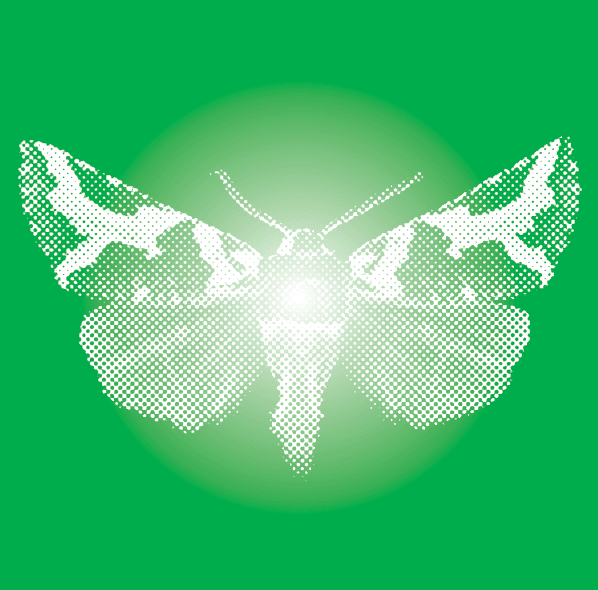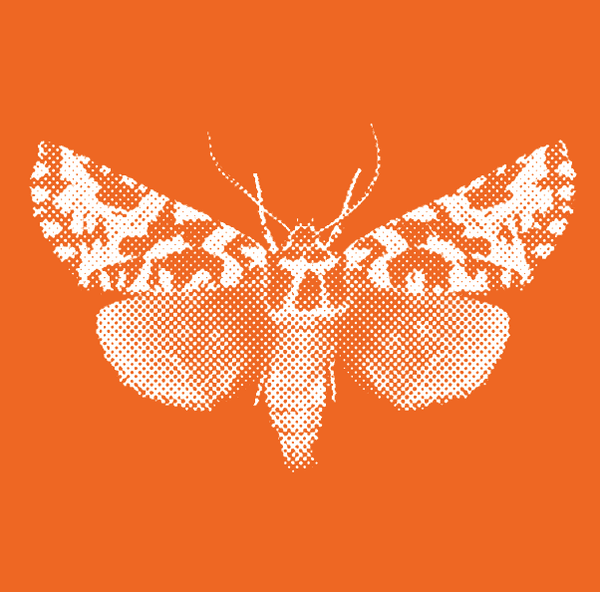By Ellen Cieraad & Klaasz Breukel
Artificial light allows us to see and function at night time, and can make us feel safe and cosy in the dark. Exposure to lights of different colours can have negative impacts such as disrupting out sleep pattern, but can also improve our health and wellbeing. For instance, orange light promotes cheerfulness and mental clarity in most people, and exposure to green is known to help reduce the winter blues.
South Island lichen moth Declana egregia (green) North Island lichen moth Declana atronivea (orange)
Light emitted by human civilisation is also picked up by other creatures and organisms, and affects the way they function, too. Different colours influence the balance in the environment in their own way and can cause severe disruption. Light pollution is a growing problem worldwide and even impacts a relatively sparsely populated country like New Zealand.
Scan the QR code to learn more about the dark side of light and to answer a set of simple questions as part of this installation.
‘Let There Be Night’, by Naomi Arnold



